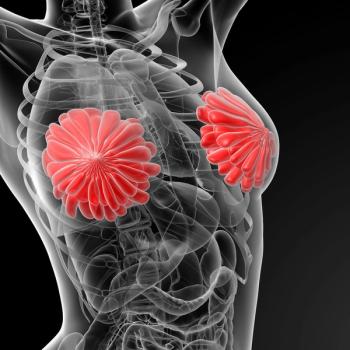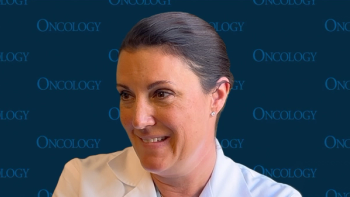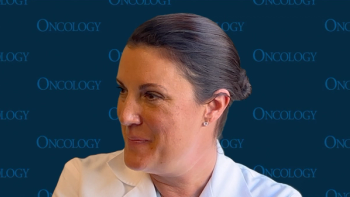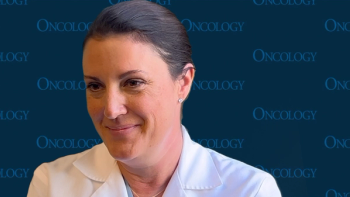
- ONCOLOGY Vol 15 No 11
- Volume 15
- Issue 11
National Alliance of Breast Cancer Organizations Relaunches Website
With the aim of making its website more comprehensive and supportive of women with breast cancer, the National Alliance of Breast Cancer Organizations (NABCO) has expanded and redesigned www.nabco.org. The new version, which became
With the aim of making itswebsite more comprehensive and supportive of women with breast cancer, theNational Alliance of Breast Cancer Organizations (NABCO) has expanded andredesigned
User-Friendly Features
Among the new features added to the website is the NABCORecurrence Project. Despite the wealth of information available on breastcancer, very few sources address recurrent or advanced breast cancer. Thisfeature will offer research updates, sources for care and support, and resourcesand facts about the detection and treatment of recurrent and advanced breastcancer. Novartis, a major sponsor of the website relaunch, provided funding forthe Recurrence Project.
Also available online for the first time is the NABCOBreast Cancer Resource list. Although the print version is in its 15th year ofpublication, the completely updated online version was just added. Thisreference guide contains more than 3,000 breast cancer resources, includingbooks, brochures, booklets, organizations, hotlines, and websites.
Among the website’s other features are an e-mail remindersystem and an online calendar, both of which have been expanded and made moreuser-friendly. The reminder system prompts women to schedule breast exams andmammograms, and the calendar tracks breast cancer conferences, medical meetings,policy- and advocacy-related activities, outreach and fundraising events,corporate and worksite health promotions, and locations for free and low-costscreenings.
Articles in this issue
about 24 years ago
Management of Pressure Ulcersabout 24 years ago
Color Atlas of Clinical Hematology, Third Editionabout 24 years ago
FDA Approves Capecitabine Plus Docetaxel for Metastatic Breast Cancerabout 24 years ago
Survey Finds Women Unwilling to Pay for Immediate Mammography ResultsNewsletter
Stay up to date on recent advances in the multidisciplinary approach to cancer.


















































































